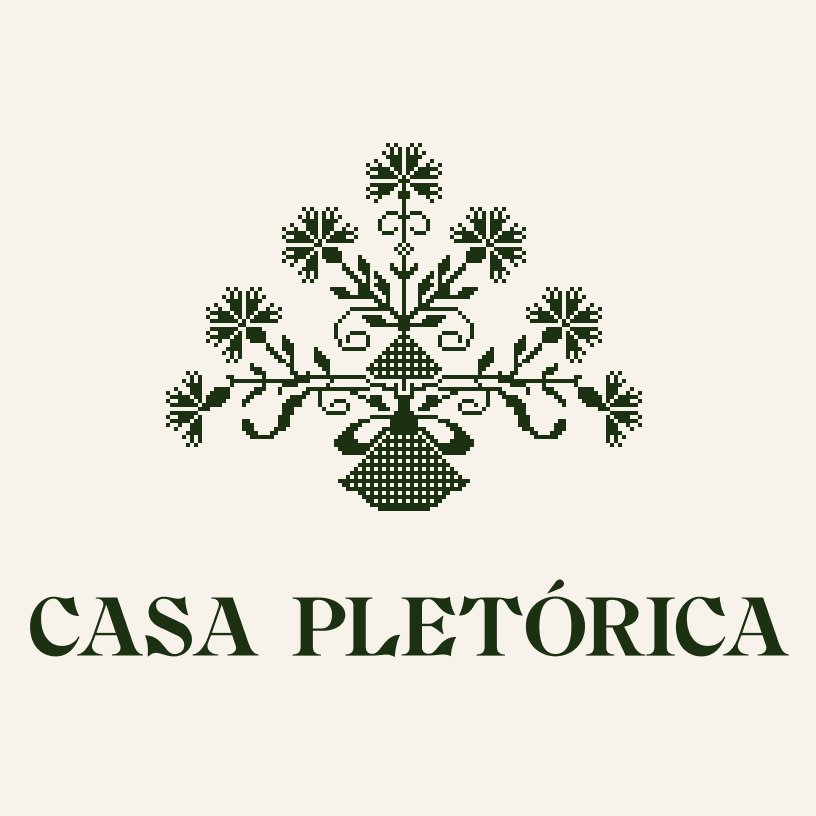The Traditional Use of Cobalt Blue in Fajalauza Ceramics
Blue has always been synonymous with the Fajalauza tradition.
Up until the mid-19th century, the blue pigment was the most expensive because of its technical production. Artisans had to source lapis stone which they then ground down to extract the mineral and remove impurities. The purer form of this blue, aptly called stone blue or “azul piedra” was reserved for more delicate, precious pieces.
Hence why it is remarkably difficult to find an antique blue lebrillo. And if you do find them, they will likely be smaller bowls.
Though we still make them, large blue lebrillos are exceeding rare.
Fajalauza plates in blue by CASA PLETÓRICA
New text new text
Granado Fajalauza lebrillo in blue by CASA PLETÓRICA
Green, being more economical, was the go-to color for large pieces like the lebrillo or utilitarian items like the mortar. Artisans also continued to use the brownish purple derived from manganese oxide to decorate rougher pieces.
But by the end of the 19th century, imports of cobalt blue pigment from England gave artisans more room for variety. The availability of new materials in the 19th century ushered in a new period of even more baroque embellishment. Decorations became more complex and covered the entire surface of the piece.
This new style dubbed “repintado” has since attracted new fans and thrilled collectors.



